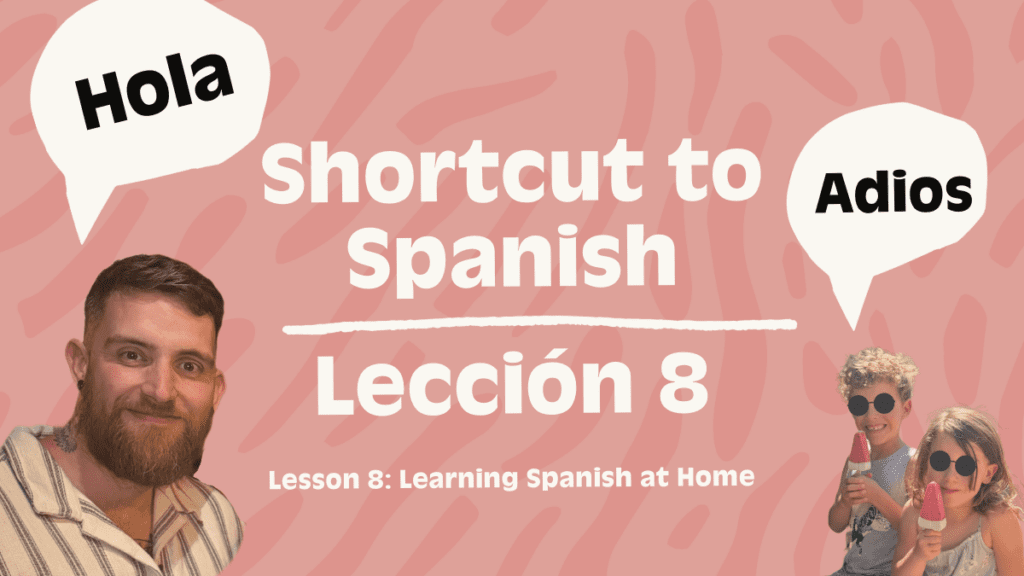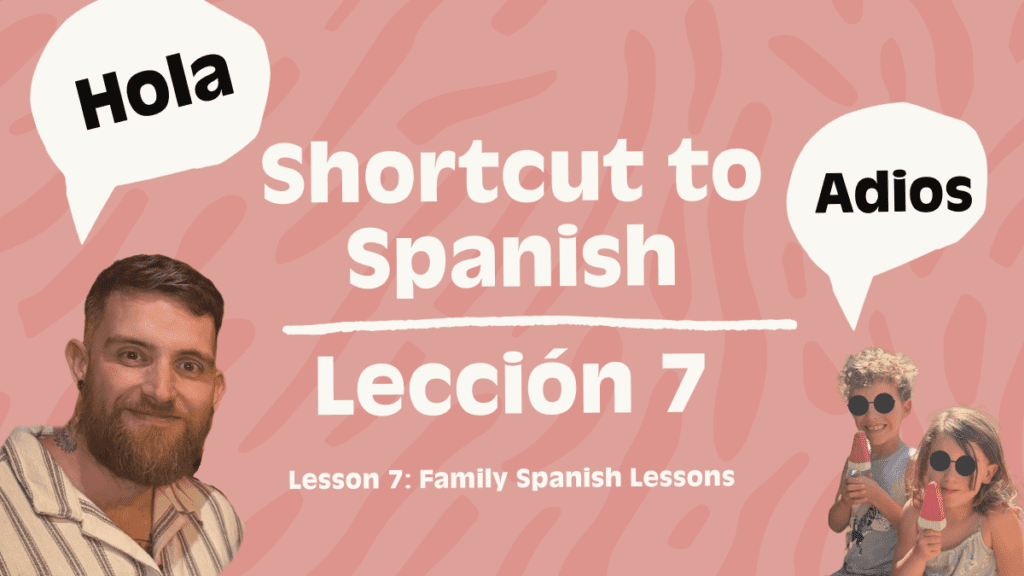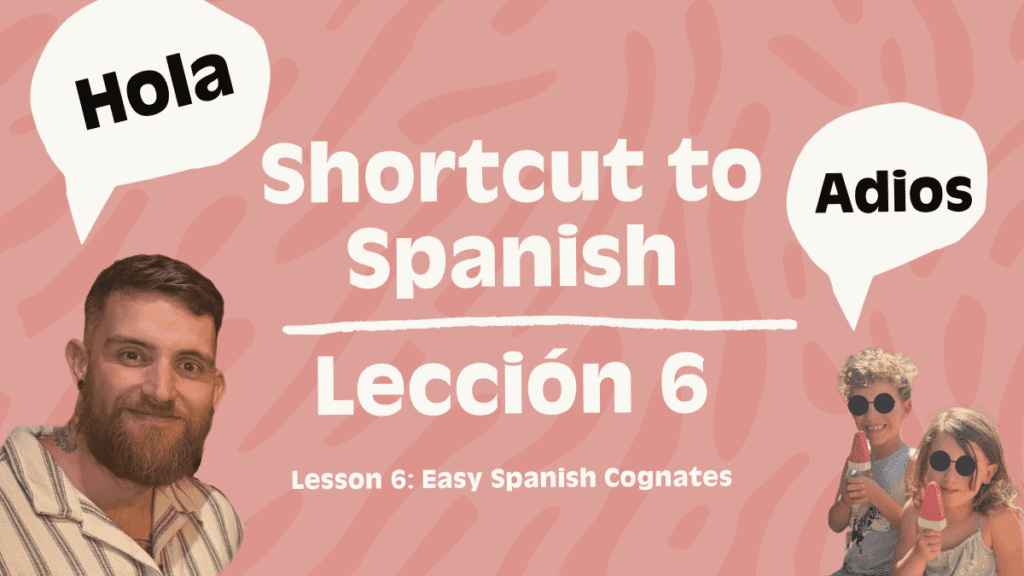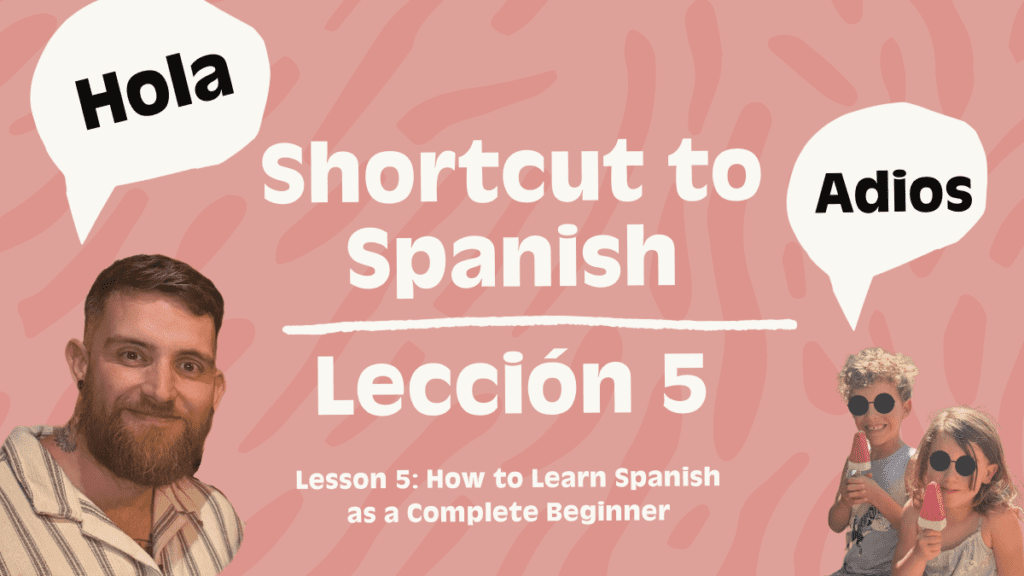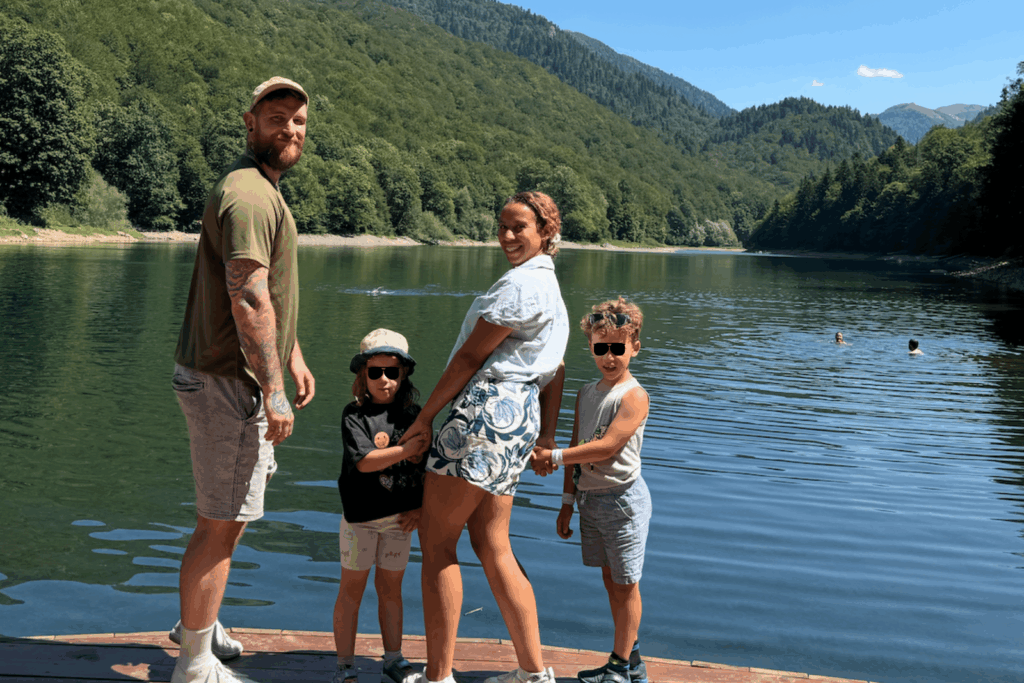Learning Spanish at Home
Learning Spanish at home doesn’t have to mean sitting down with textbooks or memorizing endless vocabulary lists. The best way to start speaking Spanish naturally is by integrating it into your daily routine—right in your own home!
By labeling household objects, practicing practical phrases, and making small language swaps, you and your family can build fluency effortlessly.
Found this useful? Help keep our family travel blog ad-free by buying us a coffee.
Why Learning Spanish at Home Works
✅ Practical & Everyday Use – You’ll practice words and phrases you actually use in real life.
✅ Perfect for Families – Kids pick up words naturally, making it a fun group activity.
✅ No Extra Study Time Needed – Just add Spanish to things you’re already doing!
✅ Confidence Booster – Speaking in a familiar setting makes learning feel less intimidating.
Step 1: Label Household Items for Easy Learning
A simple but powerful trick is to stick labels on everyday objects around the house with their Spanish names. Seeing these words daily reinforces vocabulary effortlessly.
Common Items to Label:
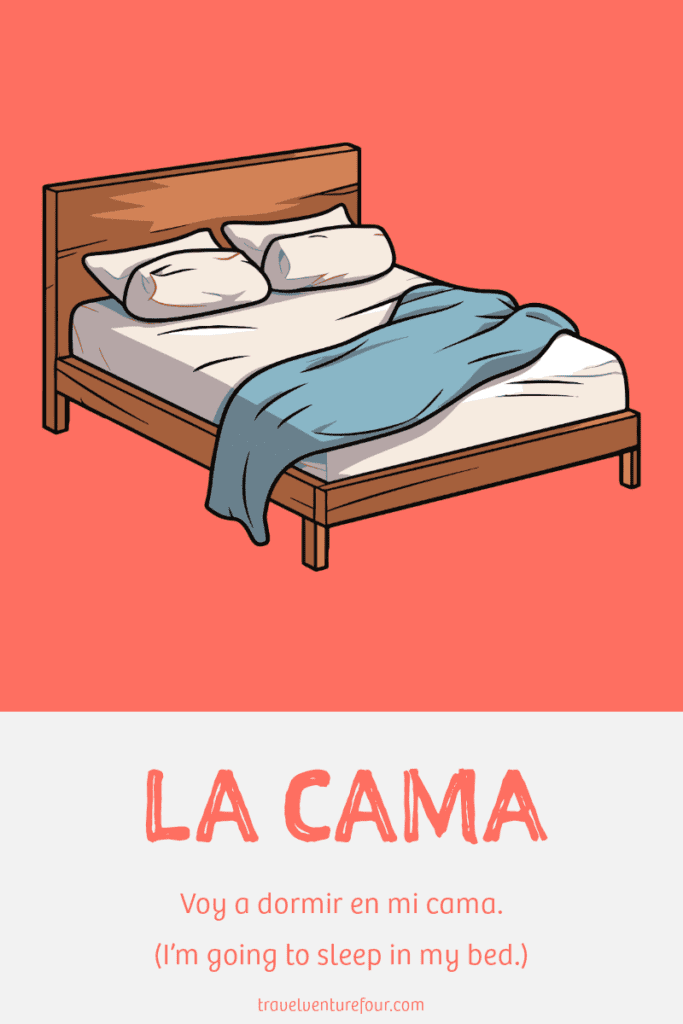

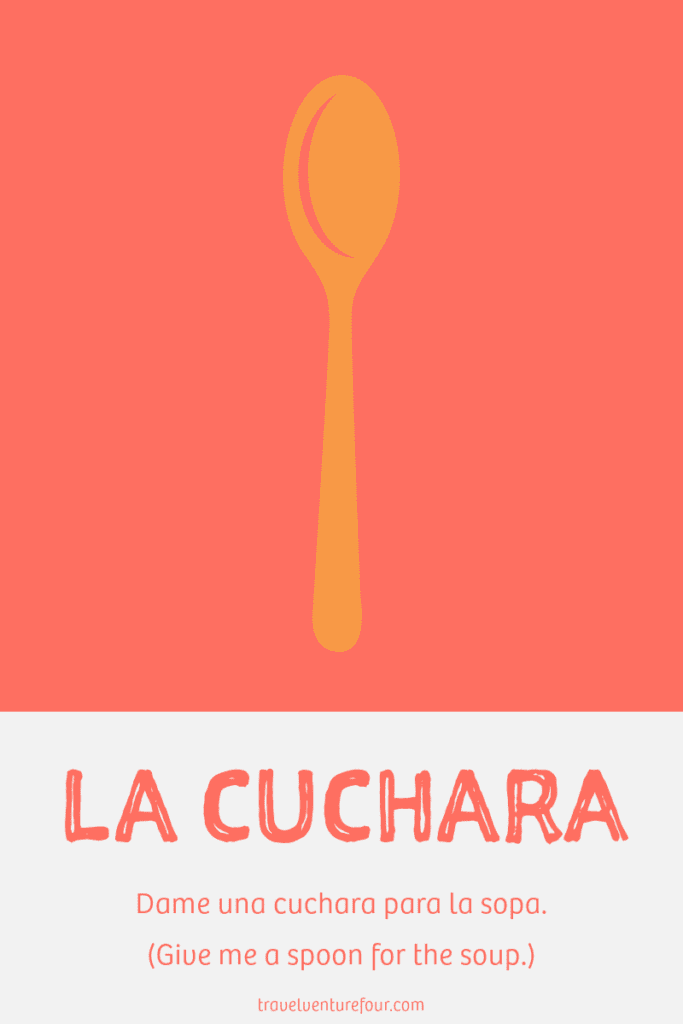
Kitchen (La cocina)
- Refrigerator – El refrigerador / La nevera
- Microwave – El microondas
- Stove – La estufa
- Sink – El fregadero
- Fork – El tenedor
- Spoon – La cuchara
Living Room (La sala)
- Couch – El sofá
- Table – La mesa
- Lamp – La lámpara
- Remote control – El control remoto
Bedroom (El dormitorio / La habitación)
- Bed – La cama
- Closet – El armario
- Pillow – La almohada
- Blanket – La manta
Bathroom (El baño)
- Shower – La ducha
- Mirror – El espejo
- Toilet – El inodoro / El váter
- Toothbrush – El cepillo de dientes
Pro Tip: Every time you see or use an item, say its name in Spanish. Instead of thinking “refrigerator,” remind yourself to say “el refrigerador” in your head.
Step 2: Use Spanish in Everyday Conversations
Now that your home is labeled, start using basic Spanish phrases throughout the day. Even small efforts add up!
Morning Routine
- “Good morning!” – ¡Buenos días!
- “Did you sleep well?” – ¿Dormiste bien?
- “Let’s eat breakfast.” – Vamos a desayunar.
- “Where is my toothbrush?” – ¿Dónde está mi cepillo de dientes?
Mealtime Phrases
- “I’m hungry.” – Tengo hambre.
- “What do you want to eat?” – ¿Qué quieres comer?
- “Pass me the salt, please.” – Pásame la sal, por favor.
- “This is delicious!” – ¡Esto está delicioso!
Around the House
- “Let’s clean up.” – Vamos a limpiar.
- “Can you help me?” – ¿Me puedes ayudar?
- “Where is my phone?” – ¿Dónde está mi teléfono?
- “Let’s watch a movie.” – Vamos a ver una película.
Bedtime Routine
- “Goodnight!” – ¡Buenas noches!
- “Brush your teeth.” – Cepíllate los dientes.
- “Time to go to bed.” – Es hora de dormir.
- “See you tomorrow!” – ¡Hasta mañana!
Family Challenge: See who can speak the most Spanish in a day—winner gets a small prize!
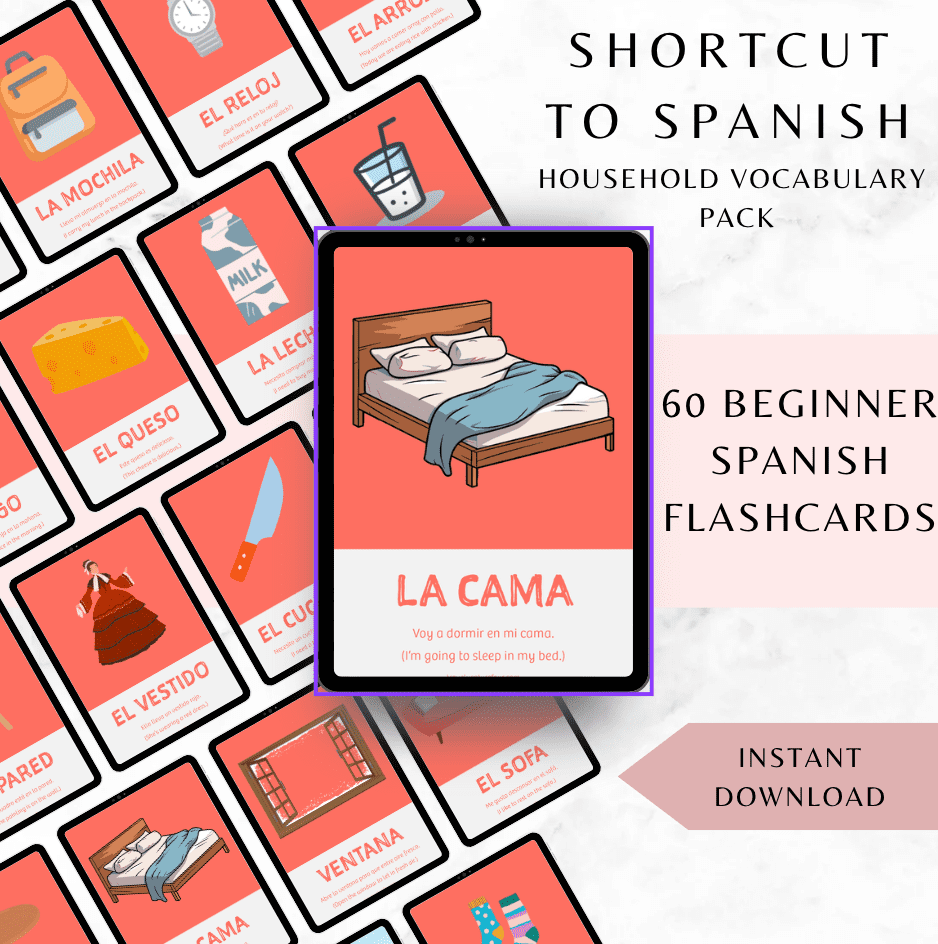
Step 3: Make Learning Fun with Activities & Games
The best way to make learning Spanish at home stick is to turn it into a game!
- Spanish Scavenger Hunt – Hide labeled objects around the house and have kids find them by saying their Spanish names.
- Music Challenge – Play Spanish songs and try to sing along.
- Role Play – Act out real-life situations like ordering food or pretending to shop.
- Read Aloud – Choose simple Spanish books and read together as a family.
- Word of the Day Chart – Pick a new Spanish word daily and try to use it throughout the day.
Final Thoughts
Learning Spanish at home is easier than you think—just small changes to your routine can build huge language skills over time.
By labeling objects, using daily phrases, and making Spanish part of family life, you’ll gain confidence and fluency naturally—without ever needing a classroom.
What’s the first phrase you’ll start using in Spanish today? Let us know in the comments!

